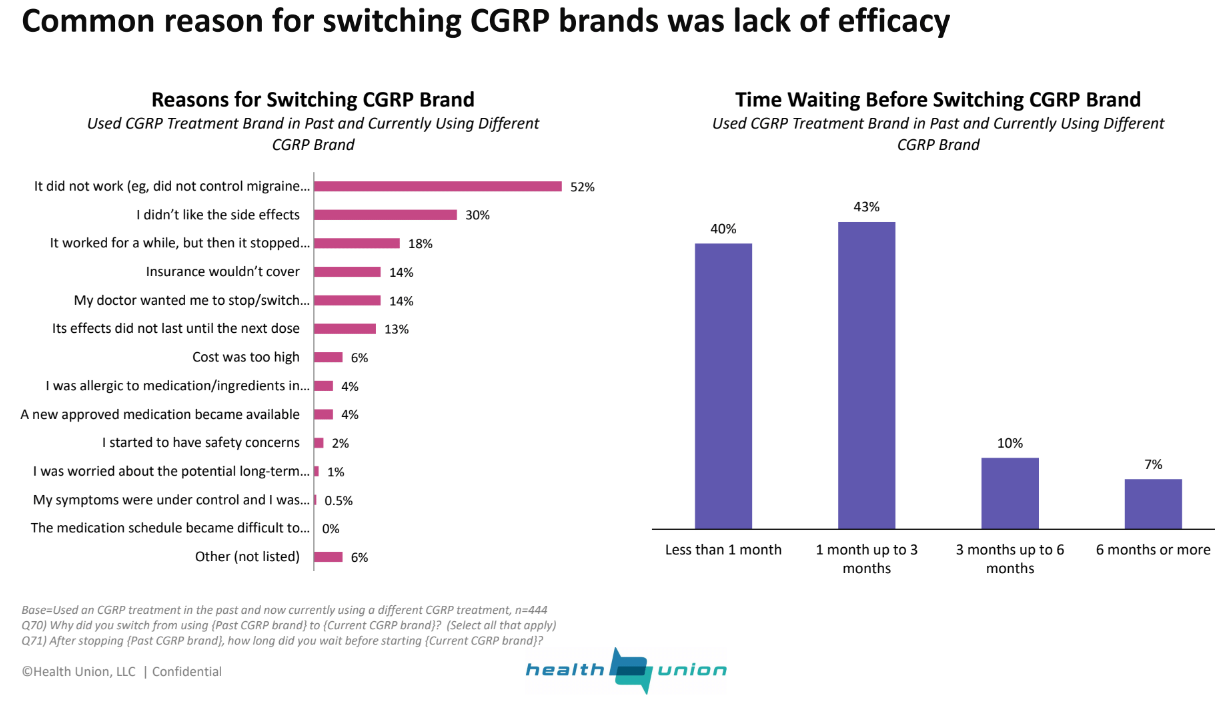Cheap Migraine Drugs More Effective Than New Expensive Ones
/By Pat Anson
Migraine treatment drugs known as triptans are more effective in relieving acute migraine pain than new expensive medications and should be used more widely, according to new study published in The BMJ.
A team of researchers at Oxford University analyzed the results from 137 clinical studies to see which migraine drugs were more effective in helping patients become pain-free after two hours and whether that relief was sustained 24 hours later. Nearly 90,000 people participated in the studies, over 85% of them women.
Four triptans - eletriptan, rizatriptan, sumatriptan, and zolmitriptan – were rated the best overall, ahead of rimegepant (Nurtec), ubrogepant (Ubrelvy) and lasmiditan (Reyvow) in efficacy and tolerability.
“Overall, the results of our network meta-analysis suggest that the best performing triptans should be considered the treatment of choice for migraine episodes owing to their capacity for inducing rapid and sustained pain freedom, which is of key importance for people with migraine,” wrote lead author Andrea Cipriani, MD, a professor of psychiatry and director of the Precision Psychiatry Lab at Oxford.
Triptans work by narrowing blood vessels in the brain and preventing the release of chemicals that cause migraine pain; while rimegepant and ubrogepant inhibit calcitonin gene-related peptides (CGRPs), a protein that triggers pain. Lasmiditan reduces pain by binding to serotonin receptors in the brain.
The drugs’ mechanisms of action are different and so is their cost. A packet of 6 tablets of eletriptan costs about $106, while a similar-sized packet of rimegepant (Nurtec) costs $1,061; ubrogepant (Ubrelvy) costs $1,097; and lasmiditan (Reyvow) is priced at $790. The cost of those three drugs is much higher because they are only available as brand name medications, while triptans are widely available in cheaper generic formulations.
Despite their cost and extensive marketing promoting their use, lasmiditan, rimegepant, and ubrogepant were rated no more effective in treating migraine pain than over-the-counter drugs such as acetaminophen (paracetamol) and non-steroidal anti-inflammatory drugs (NSAIDs). Researchers say those OTC pain relievers should be considered second line options, if triptans are ineffective.
“While the recent introduction of lasmiditan, rimegepant, and ubrogepant has expanded options for the acute treatment of migraine, the high cost of these newer drugs, along with the substantial adverse effects of lasmiditan (dizziness), suggest their use as third line options, after the less expensive, similarly efficacious, second line options,” researchers said.
“Limited access to triptans and their substantial under-utilization represents missed opportunities to offer more effective treatments and deliver better quality of care to people who experience migraine.”
Some people can’t take triptans due to cardiovascular problems or unwanted side effects, but researchers say the best performing triptans should be included in the World Health Organization’s List of Essential Medicines to help expand their use.
Another recent study also rated triptans as superior to other migraine medications, although that research didn’t include the newer CGRP inhibitors.
Migraine affects about 39 million people in the United States and 1.1 billion worldwide. In addition to headache pain, migraine can cause nausea, blurriness, and sensitivity to light or sound. Women are three times more likely to suffer from migraines than men.






